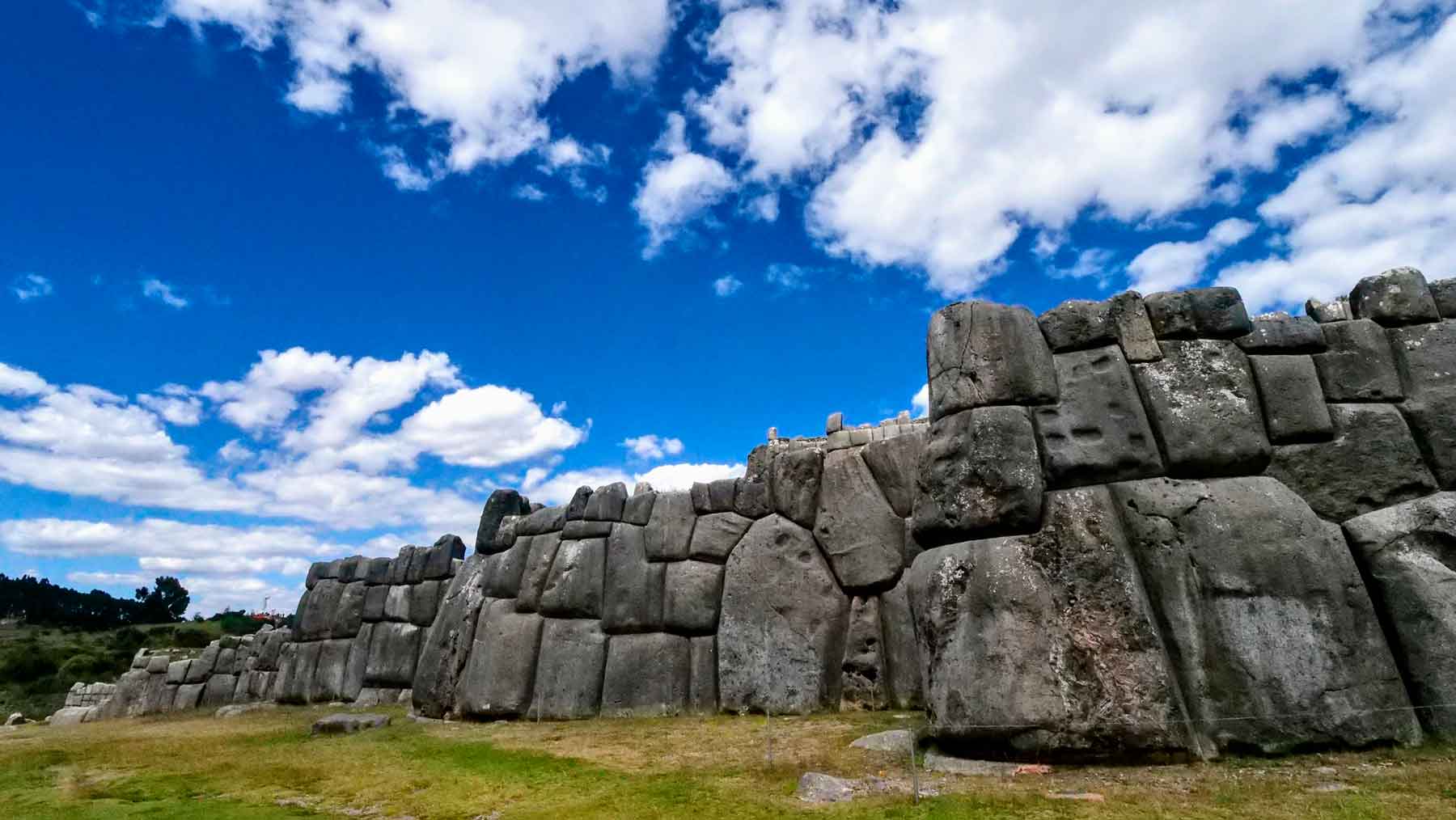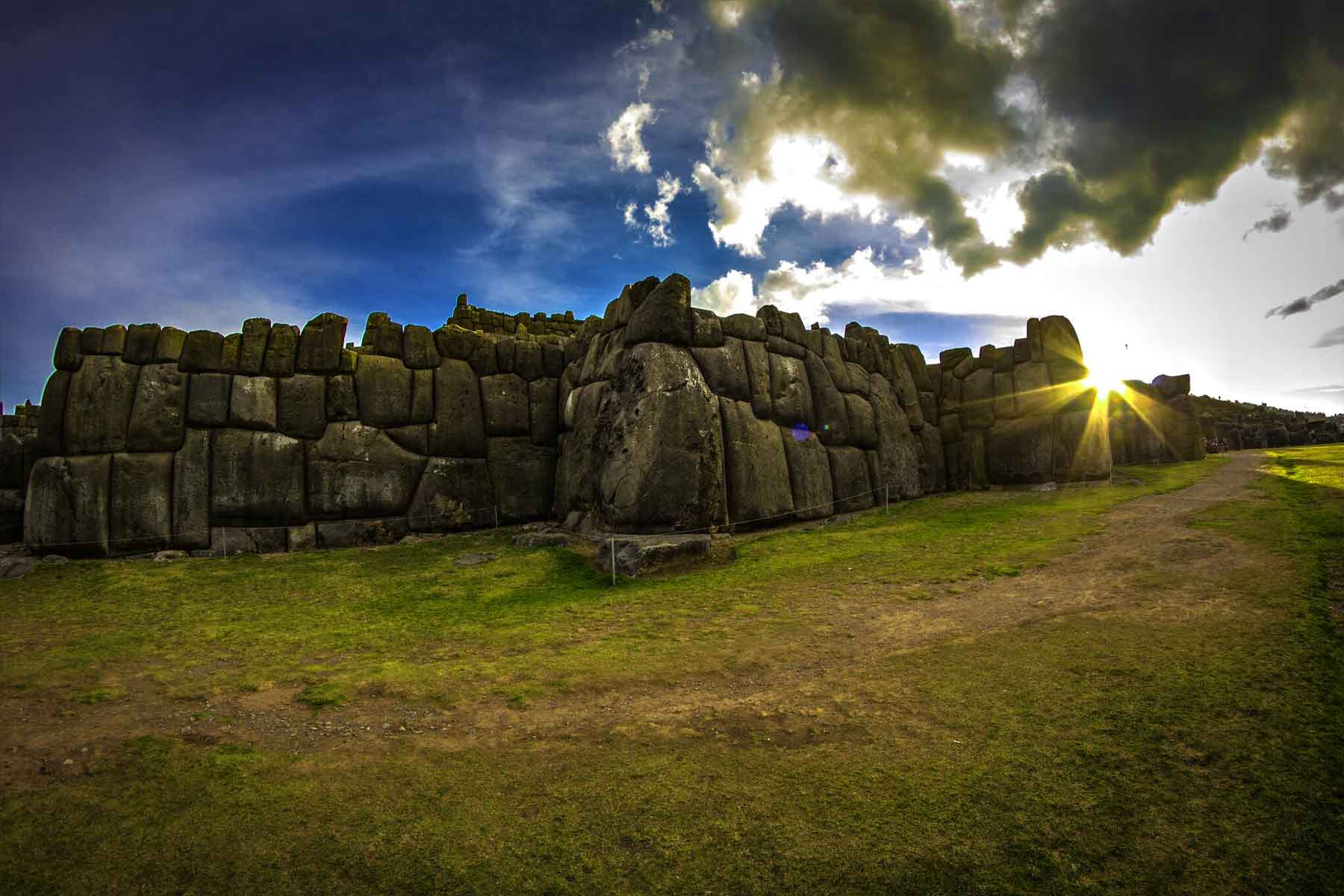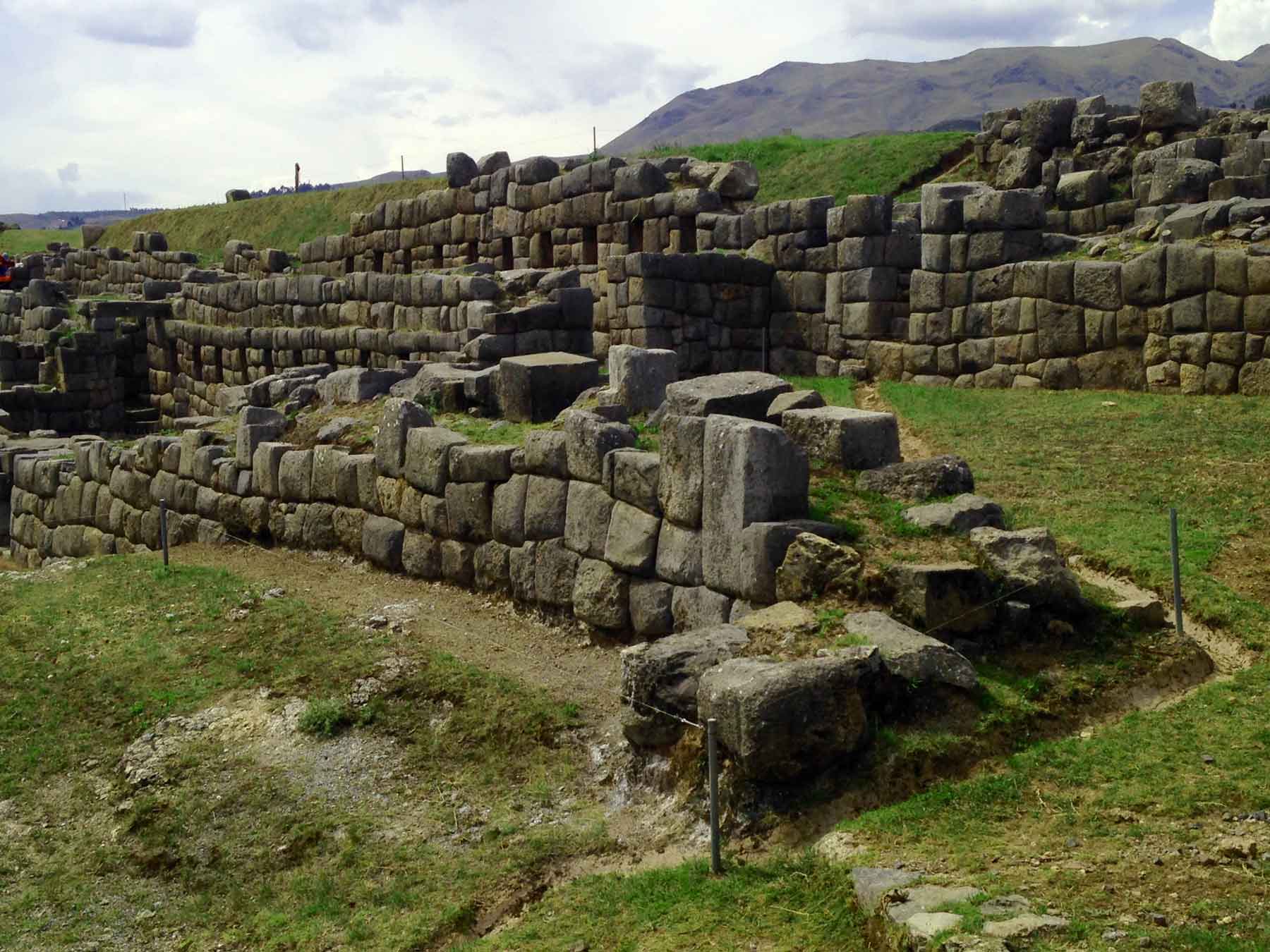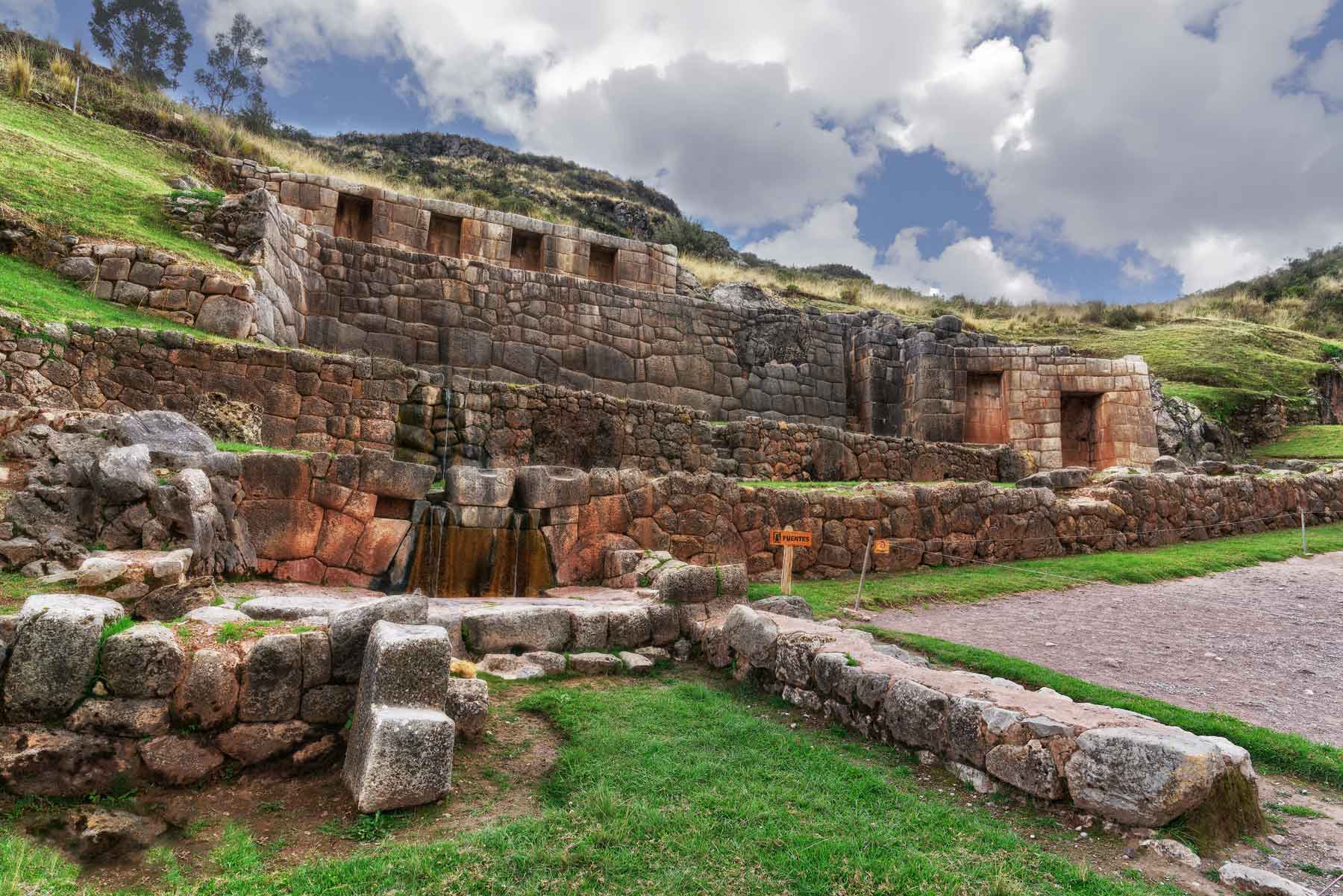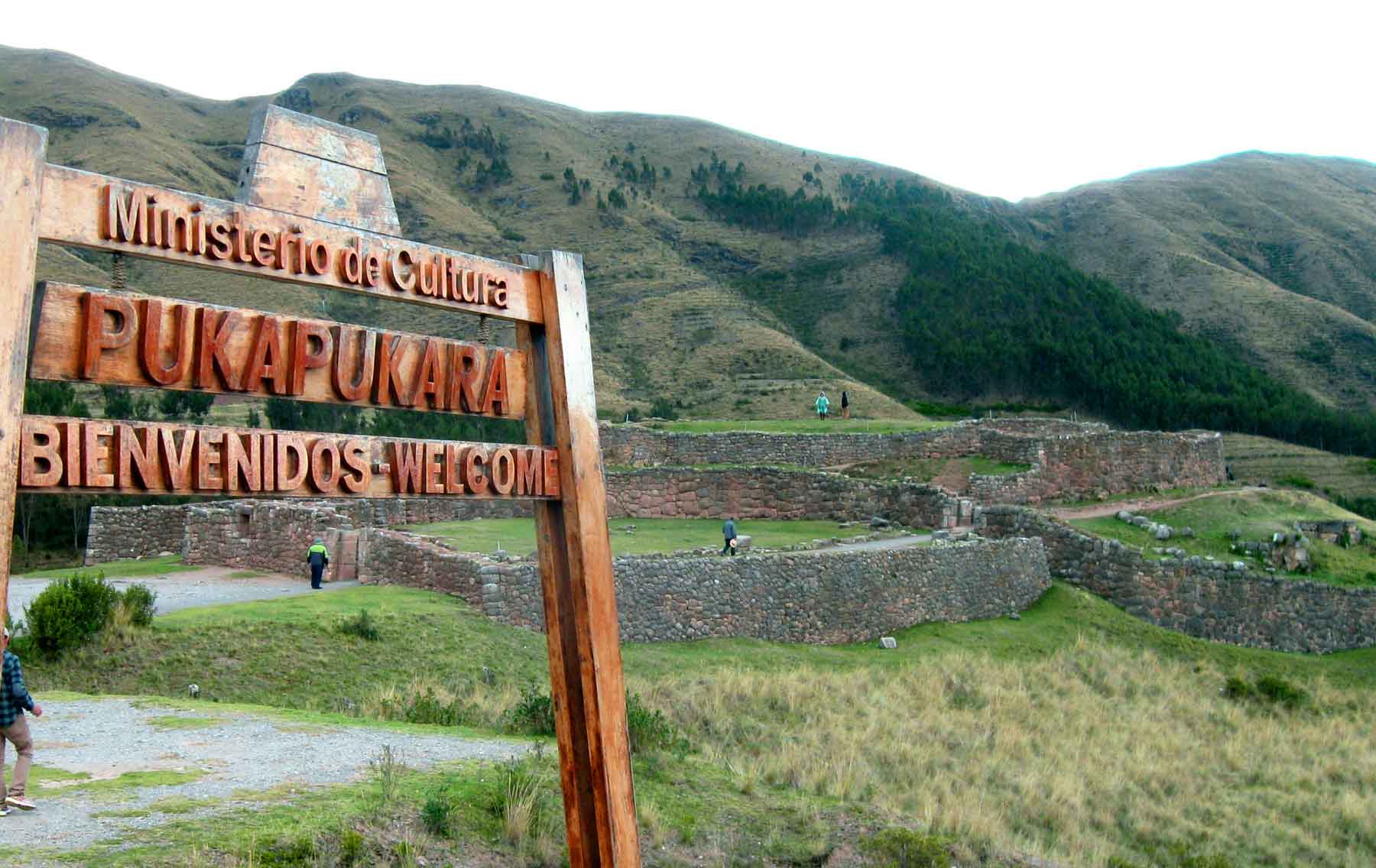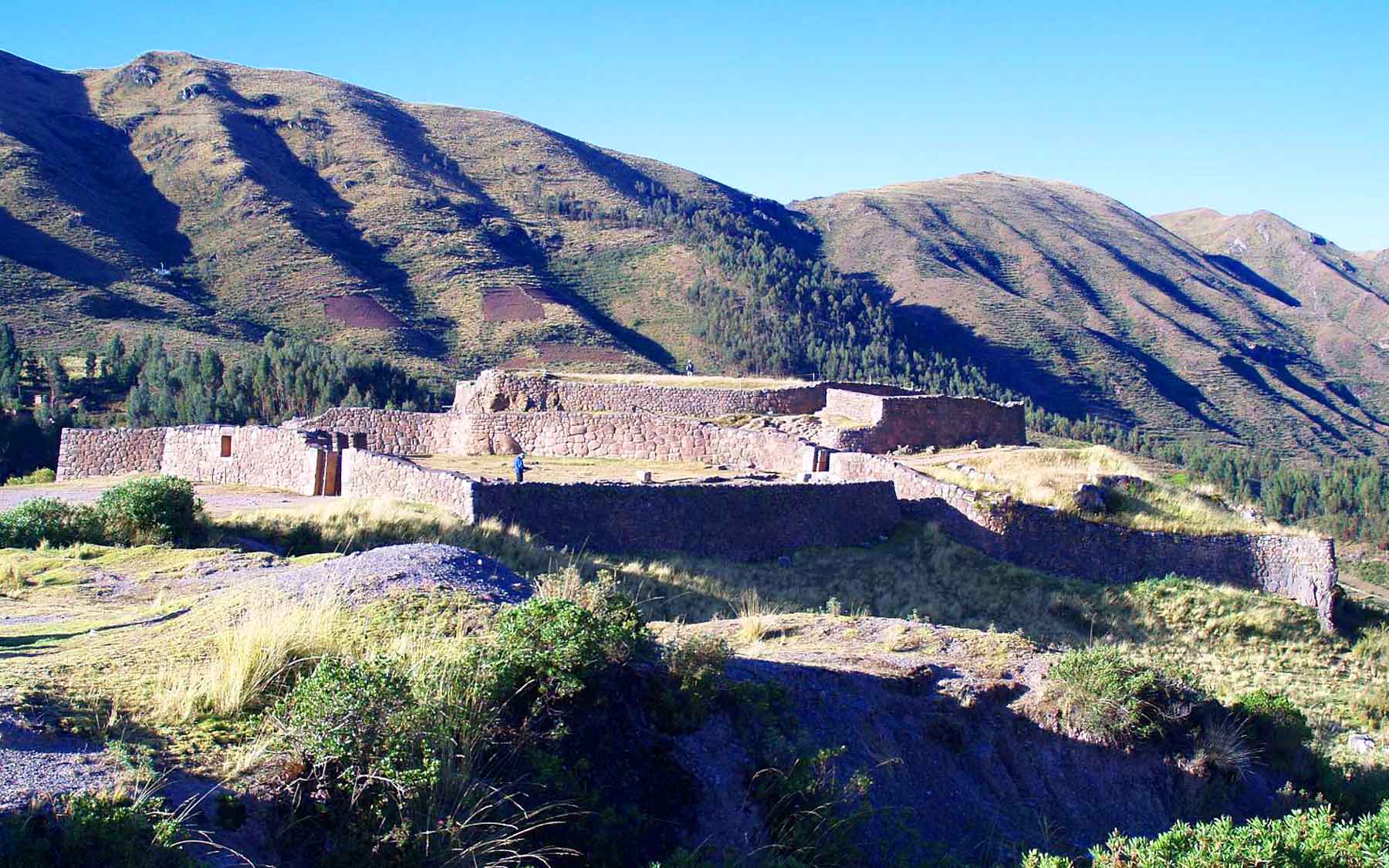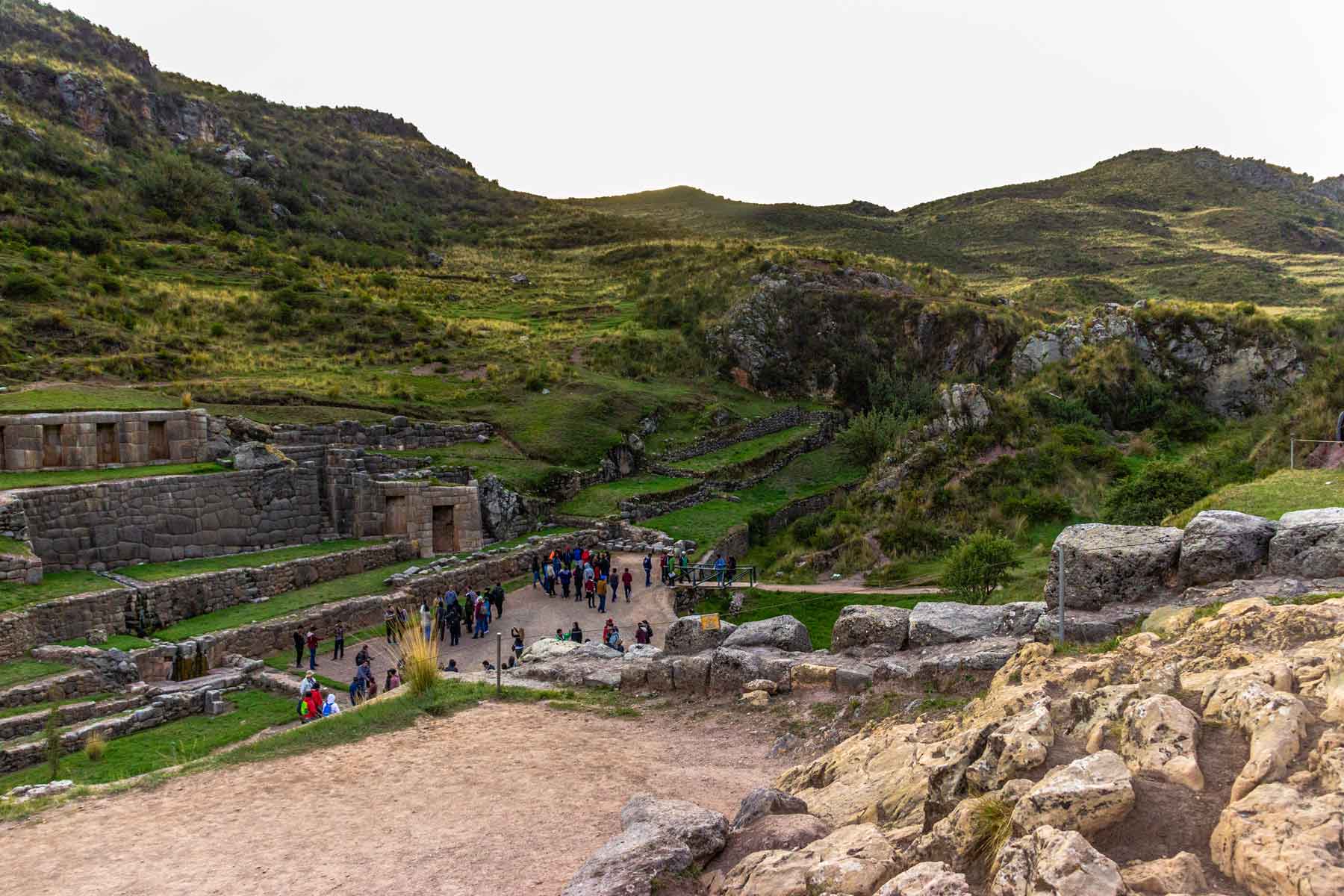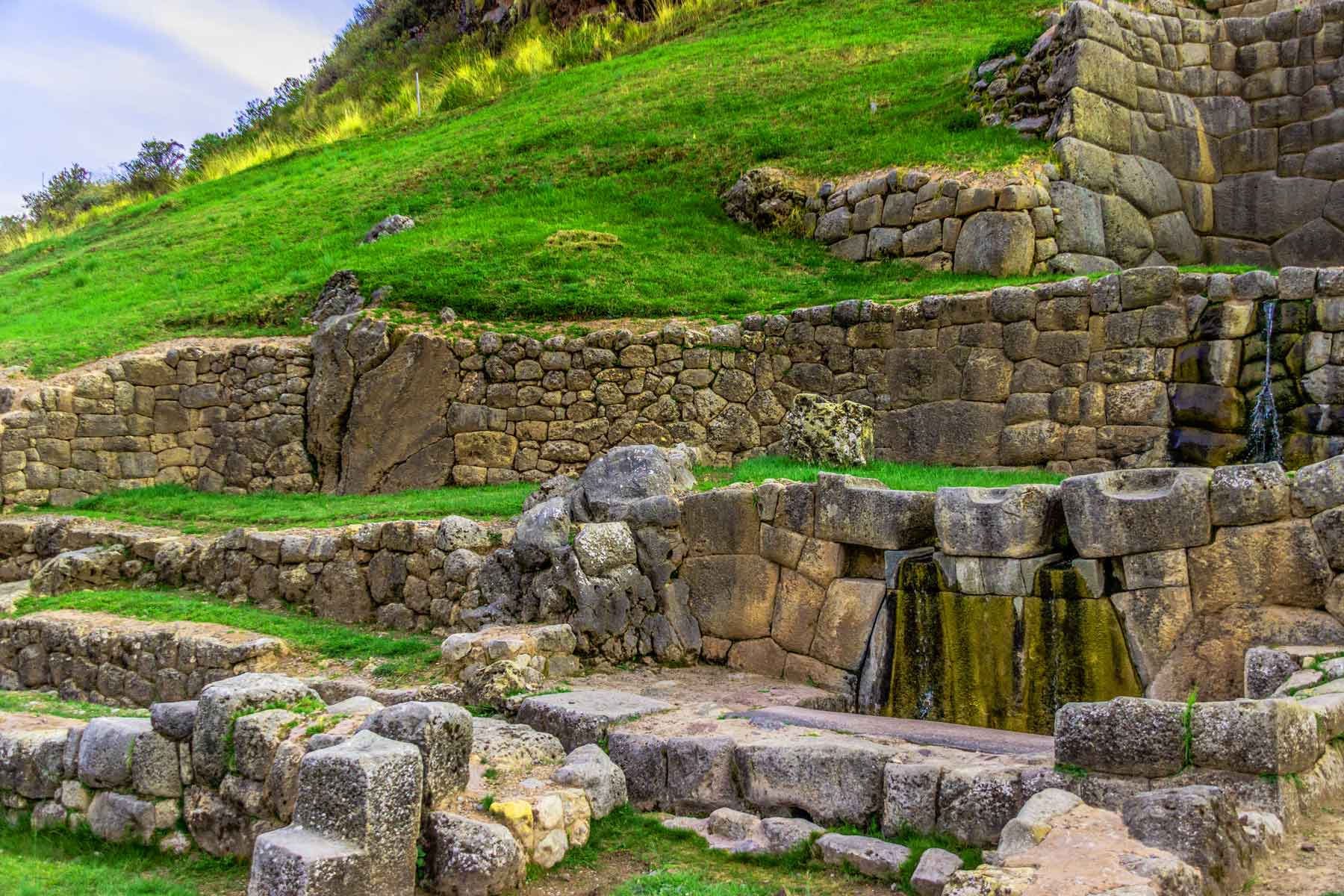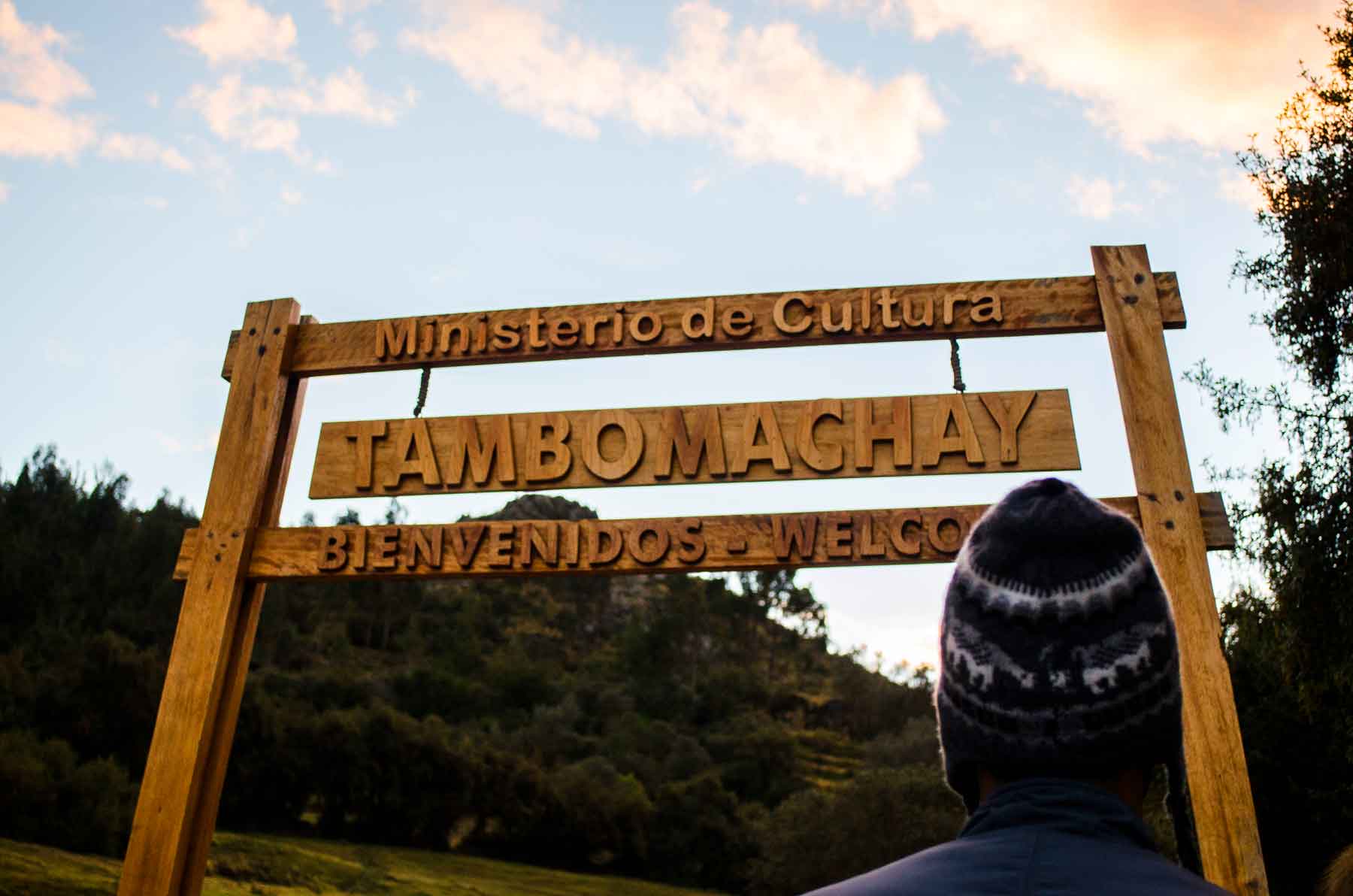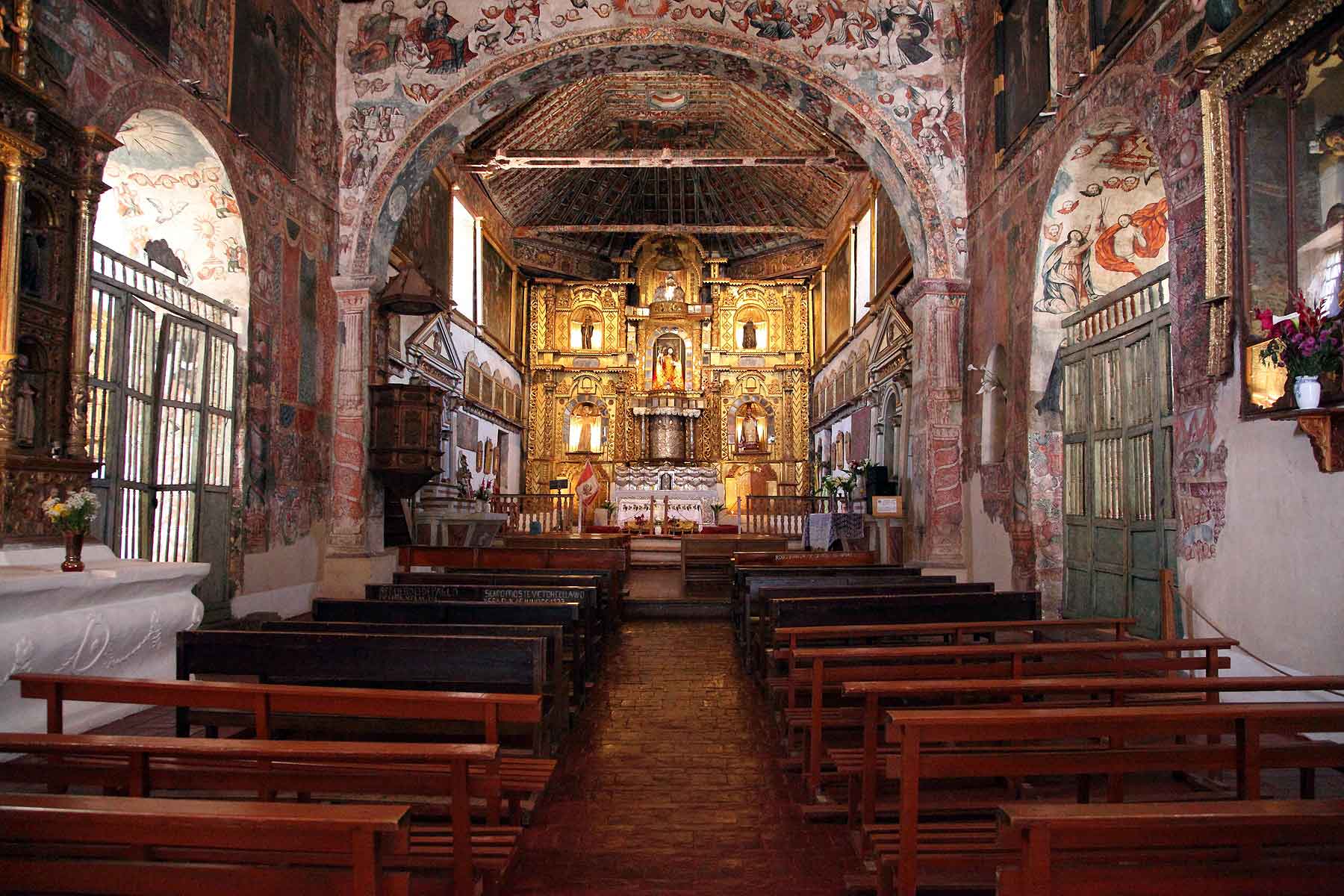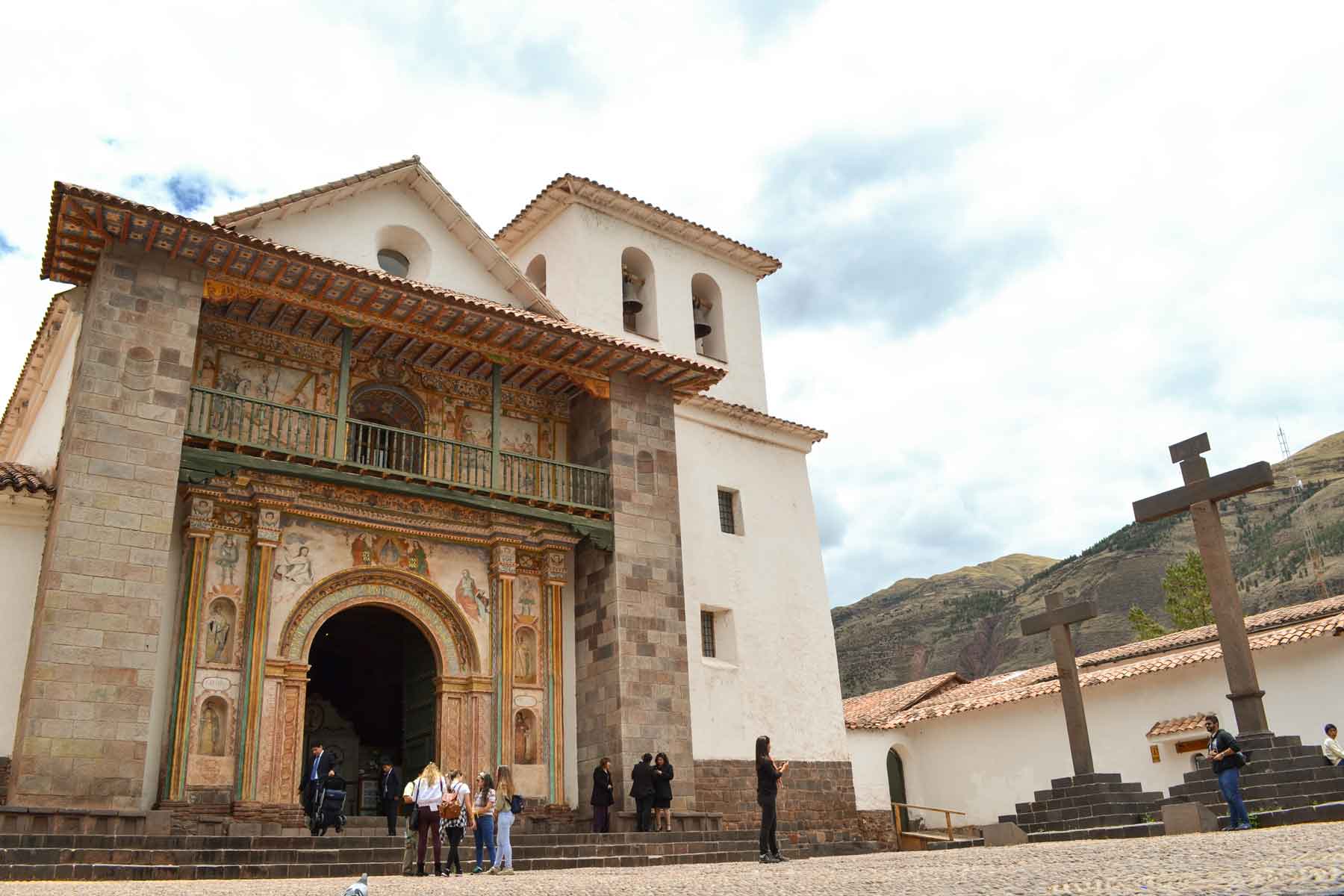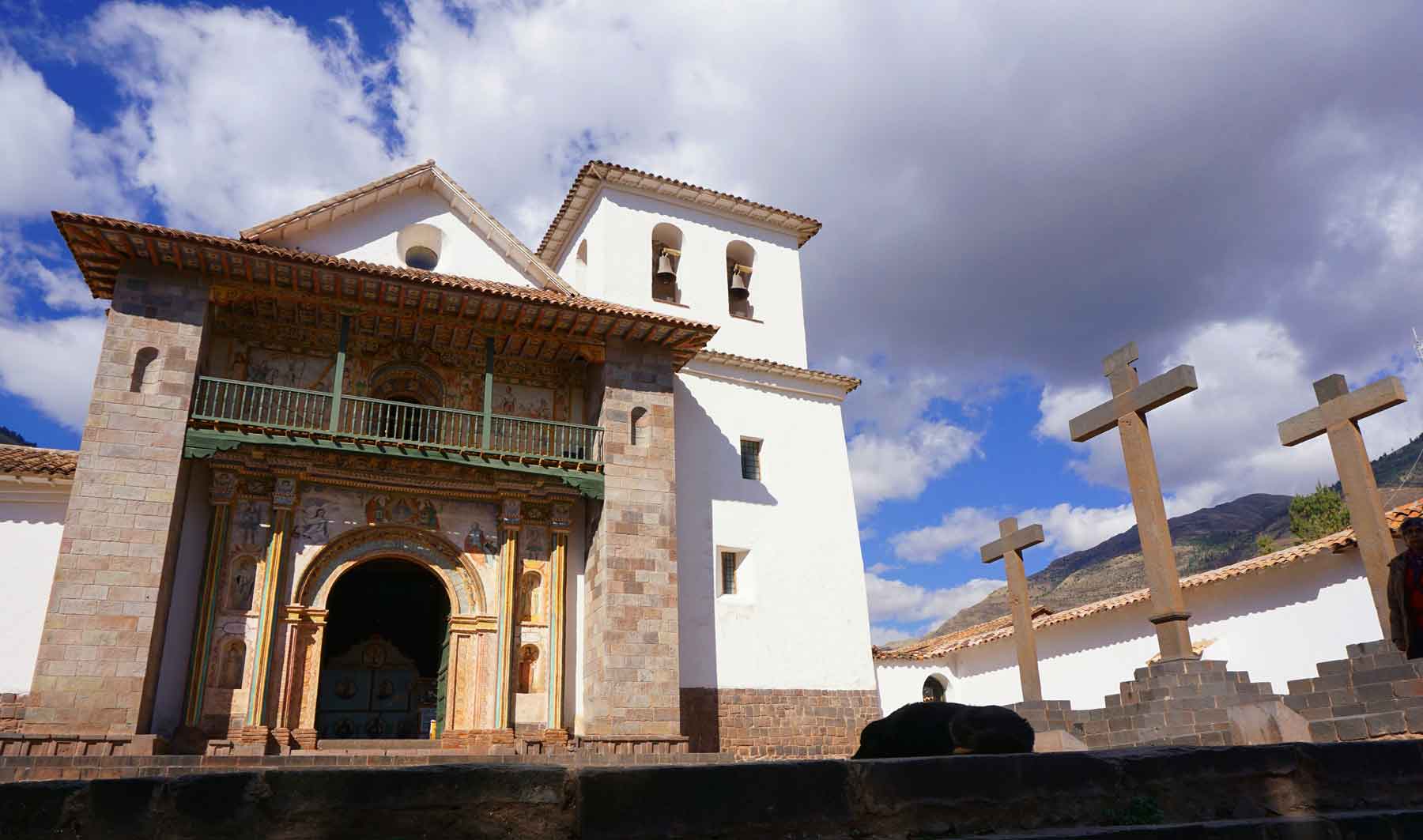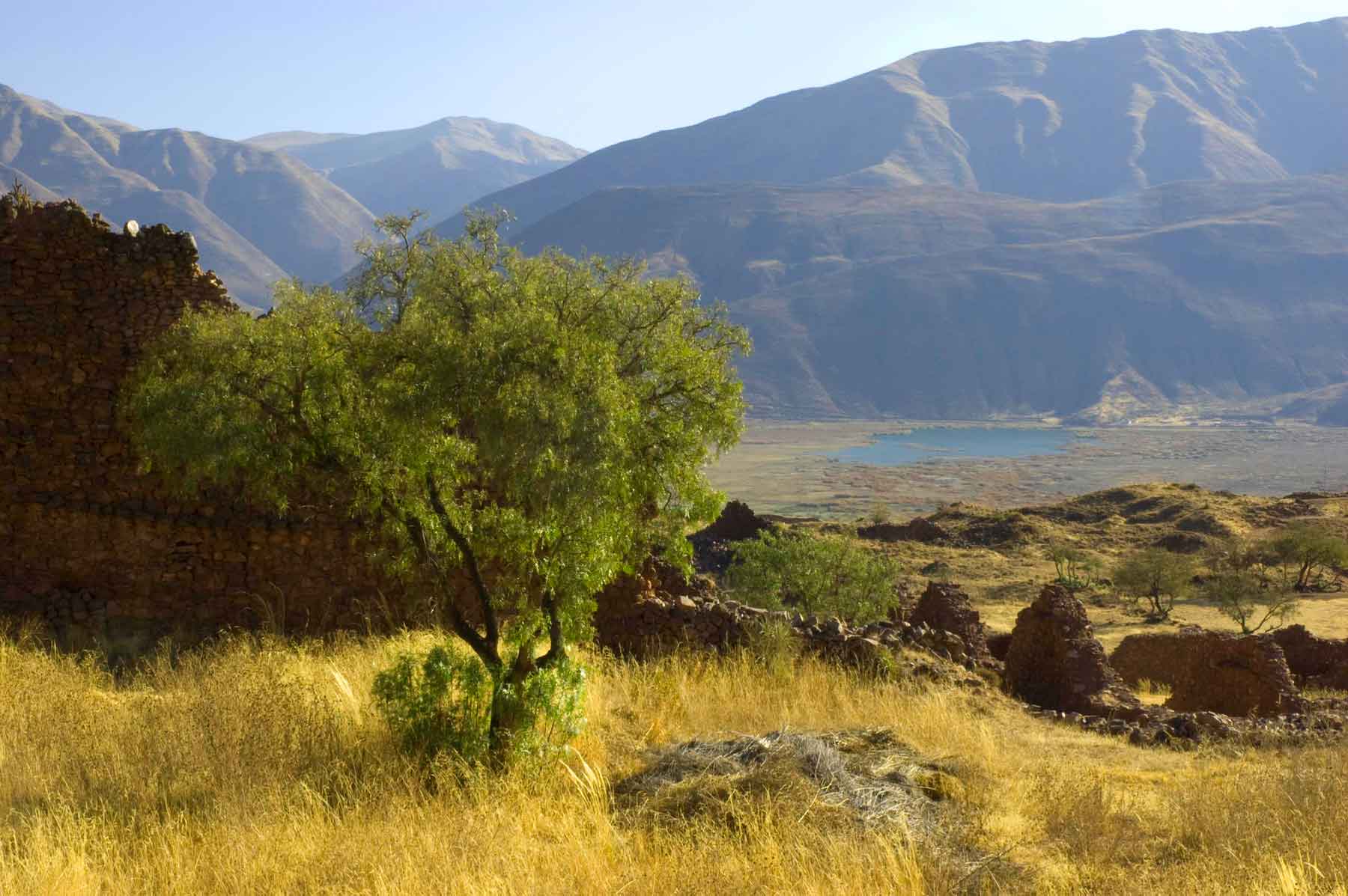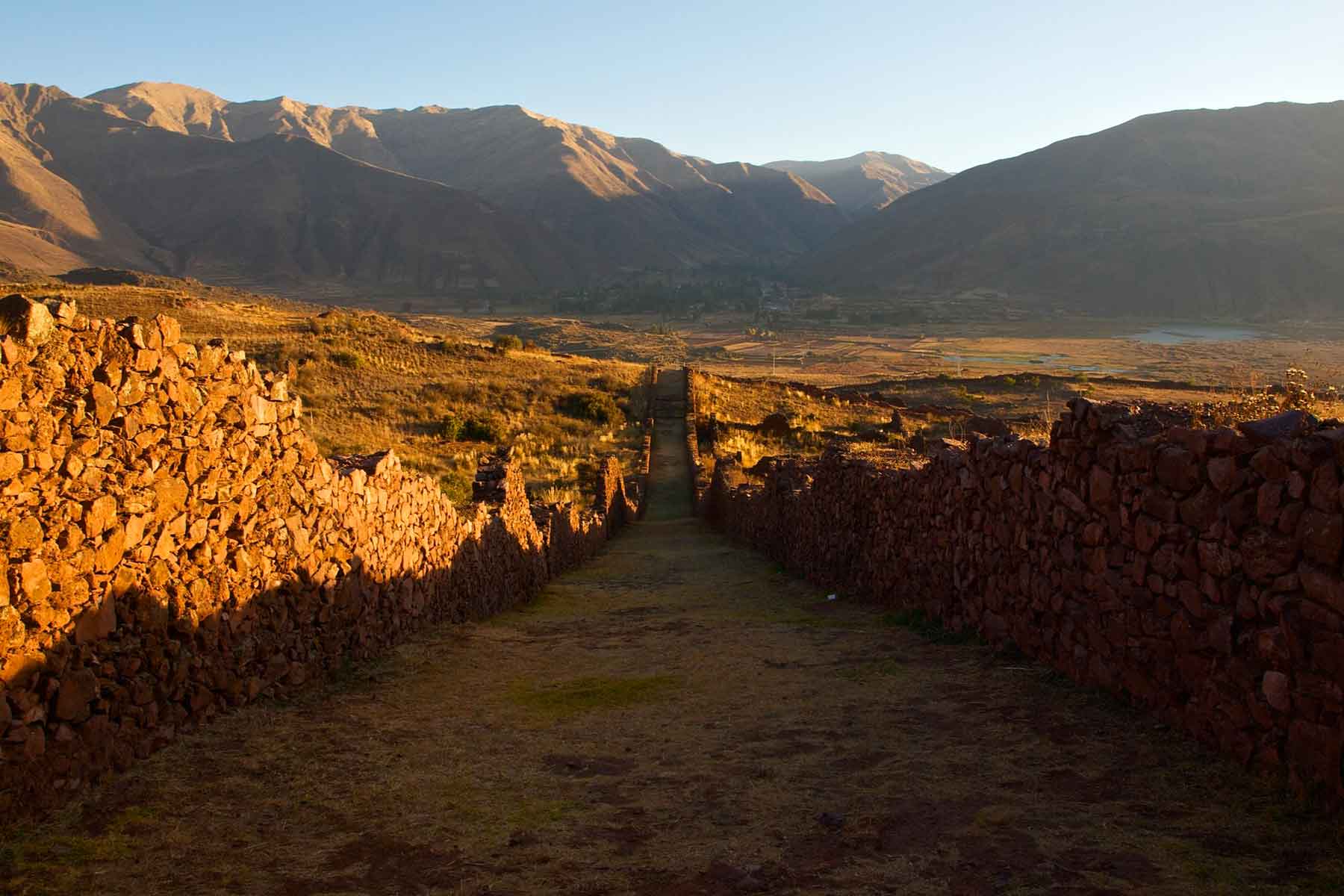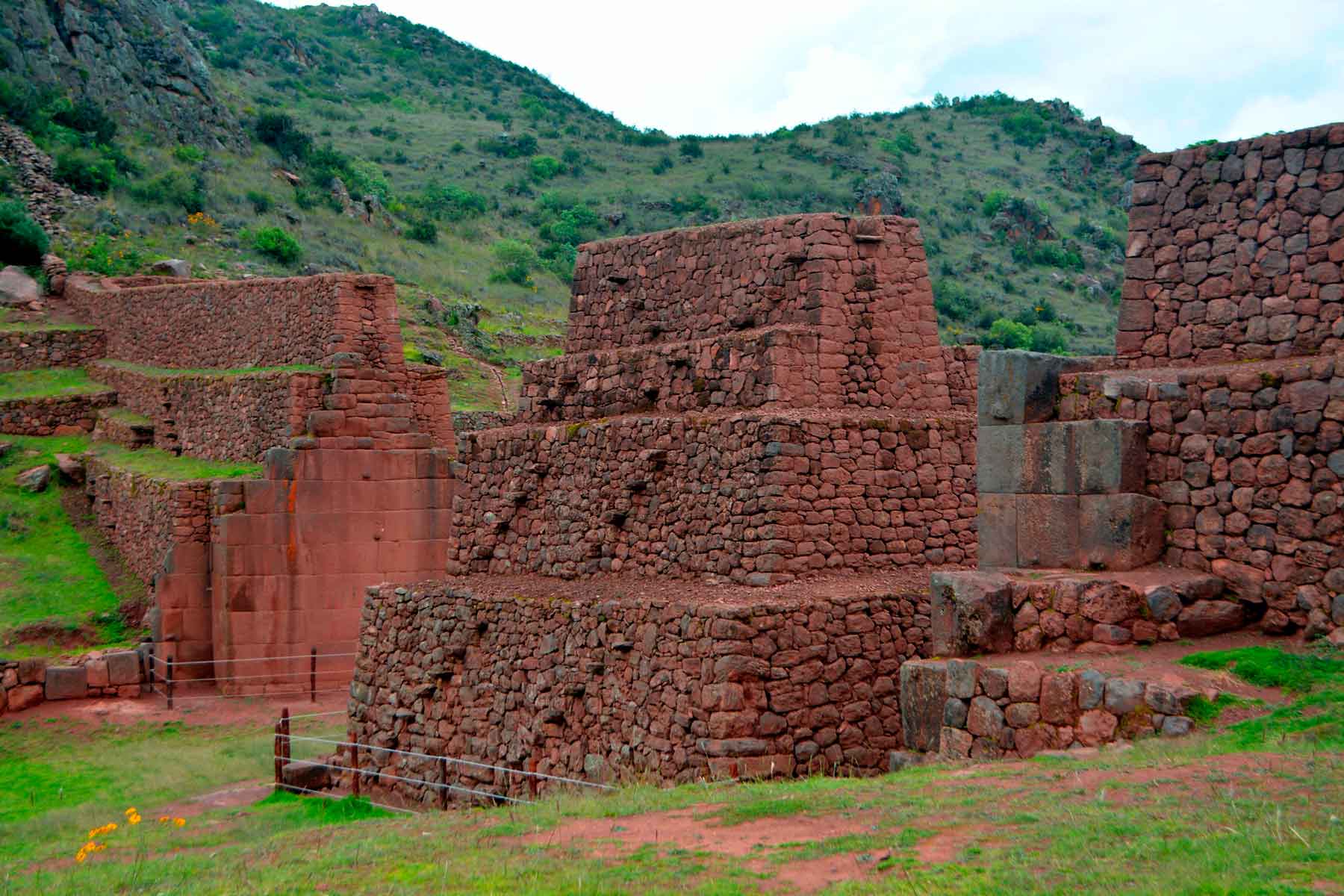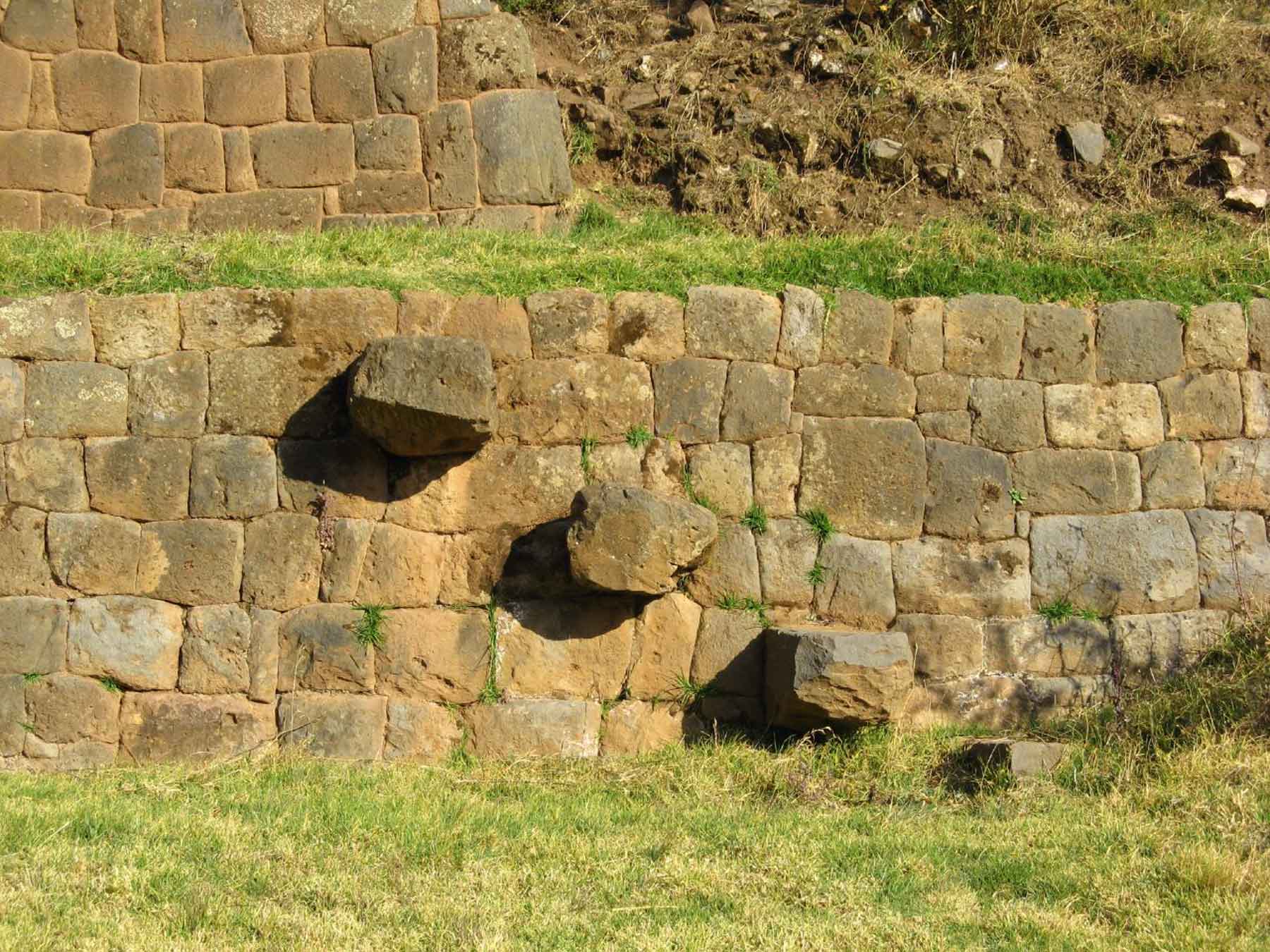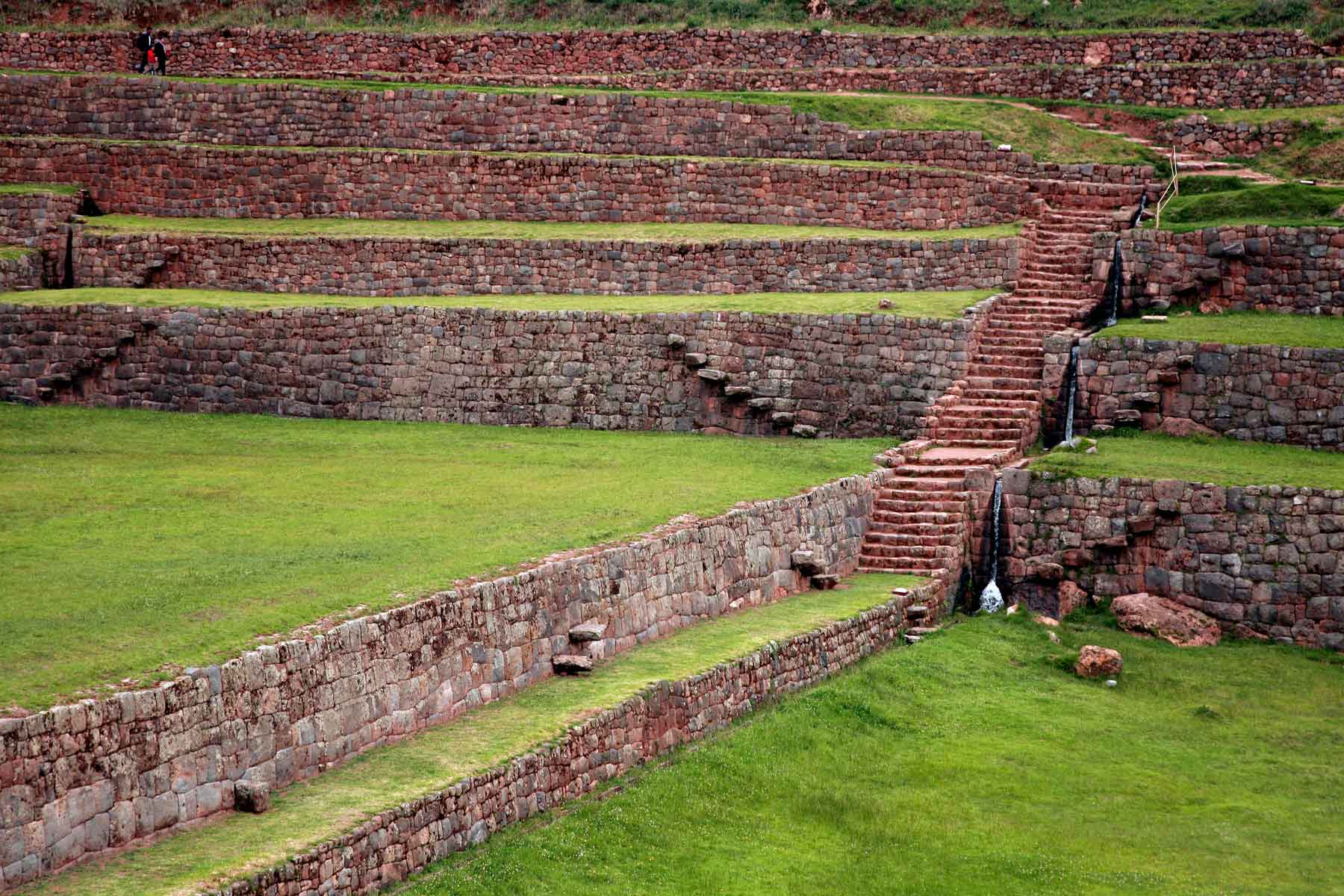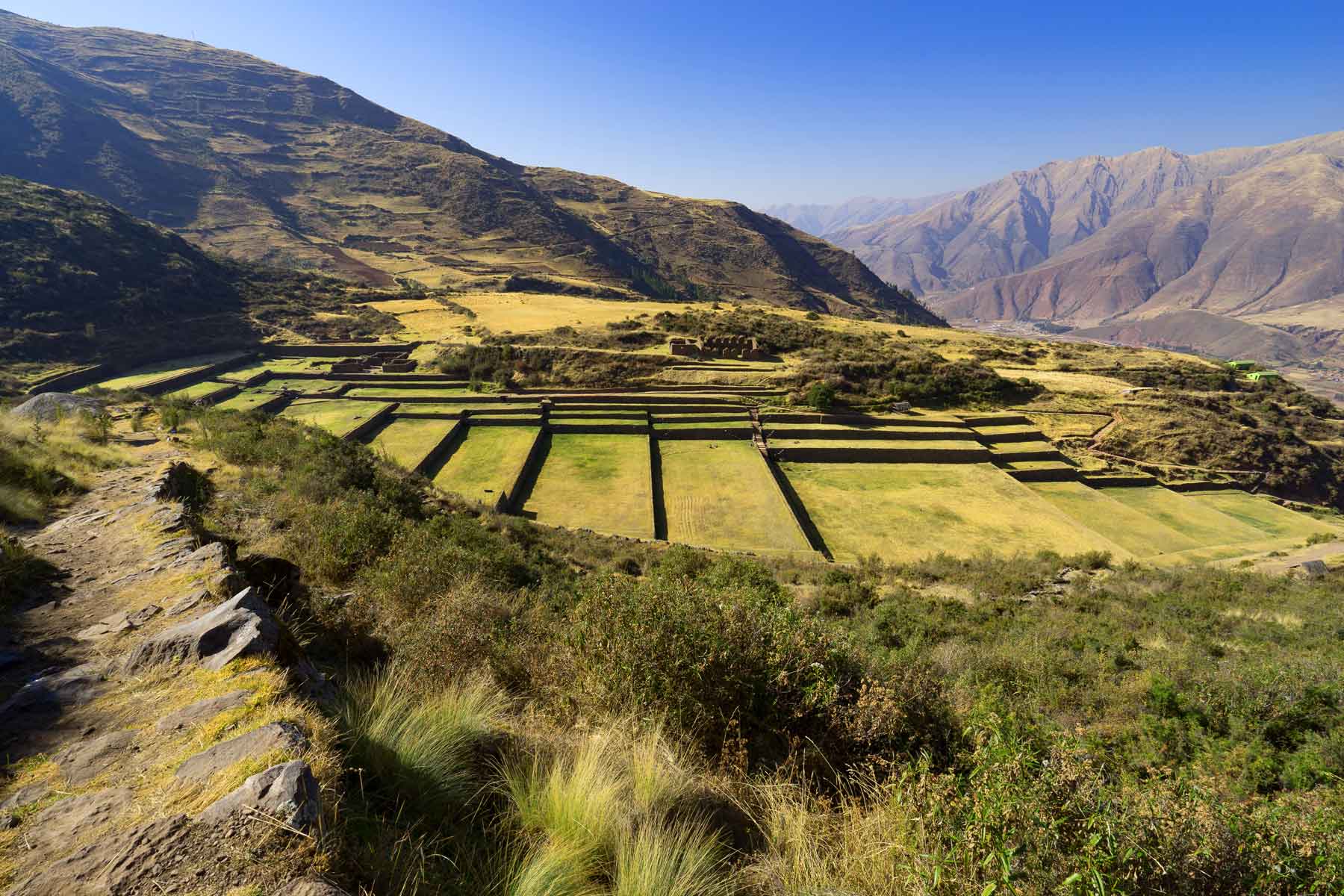Description
The South Valley VIP is an option for those visitors who want to know everything combining the City Tour plus South Valley in one day, this route was crucial for the Inca Empire and functioned as an agricultural, spiritual and political centre for them.
- Price: 25.00 US dollars per person.
- Confirmed departures: Every day.
- Schedule: 6:30 hoursa 18:30 hours.
- Duration: 12 hours approximately.
Along its length there are many Inca and Pre-Inca archaeological sites. Its climate was beneficial for the development of agriculture and the construction of important temples and cities such as Sacsaywaman, Qenko, Pukapukara, Tambomachay, Tipon, Piquillacta and the colonial temple of Andahuaylillas.
On this tour we will head through the mountains to the “Combined South Valley” which was of great importance in the Inca Culture. The valley has a milder climate than Cusco and we will see a succession of picturesque villages, agricultural terraces and several archaeological sites.
Tour Details
Pick up.
Professional Bilingual Guide.
Tourist transport.
General Tourist Ticket: for the archaeological sites, 70 soles for Peruvian and 130 soles for foreigners.
Lunch.
Entrance fee to the temple of Andahuaylillas (15 soles).
The general tourist ticket is valid for 10 days and will be useful if you are planning to do the sacred valley vip excursion (which gives you access to other archaeological sites and some museums and attractions in Cusco).
Original passport or ID card.
For students: valid physical student card issued by your university (50% discount on the tourist ticket).
A warm jacket.
Water.
Hat.
Sunscreen.
Extra money in soles.
Itinerary
Full Day | Valle Sur Vip
We pick you up at your hotel at 6:30 AM then we will take our tourist transport to visit the following places.
SACSAYHUAMAN
Sacsayhuaman (meaning “satisfied falcon”) is one of the most impressive sites built by the Incas. It is generally known as a fortress; however, it is not certain what its main function was. Current research suggests that it was most likely used as a temple, because of the Inca tombs that have been discovered in the area.
The site is a wonderful archaeological feat; even now after it was destroyed; one can only imagine its grandeur when it was in full glory. The stones in the wall are incredible and the largest weighs 128 tons.
The Incas imagined that Cusco was shaped like a puma and Sacsayhuaman was the head. The magnificent zigzag walls are the main attraction. The surroundings of Sacsayhuaman are still used today for the colourful Inti Raymi festival held to celebrate the winter solstice on June 24th.
Q’ENQO
The site of Q’enqo (meaning “Labyrinth” in Quechua) contains the most impressive rock carvings in the Cusco area. There are carvings everywhere, although some are somewhat indistinct: a llama, a condor and snakes have been identified. There are many zigzag channels on top of the natural rock, probably used for pouring chicha (a local drink made from corn). Beneath the rock, there are a series of caves and passageways and an altar that was used for llama sacrifices and mummifications.
PUKAPUKARA
Puka Pukara translates to “The Red Fortress” in Quechua. This is a small site and although the name suggests that it was a fortress, it does not seem to have had any defensive purpose. It was probably an administrative centre. The interesting point is the way the Incas built the walls on the rocks.
TAMBOMACHAY
The name means “Place of Rest” in Quechua. It used to be the royal hacienda of the Inca Yupanqui when he went hunting in the surroundings. It was also thought that this site may have been used as a temple dedicated to water. There are some interesting aqueducts, canals and waterfalls carved in stone, designed to channel water flowing from a nearby stream.
Afterwards we will head to Andahuaylillas for lunch and then continue with the tour.
ANDAHUAYLILLAS
Typical Andean village from the time of the colony of singular origin and architecture. Andahuaylillas stands out for its catholic temple from the colonial period with a beautiful decoration and mural painting from the XVII and XVIII century known as the Sistine Chapel of America.
PIKILLAQTA
It presents characteristics of a great urban centre corresponding to the time of development of the Wari empire with more than a thousand constructions between squares, colcas (food deposits), courts or dwellings, temples, long and narrow streets with buildings that were up to 4 floors high.
TYPON
An impressive large cultivation area containing 12 terraces that are currently cultivated, the walls of which were built with finely carved stones. Even more impressive is the irrigation system that is still serving agriculture and the advantage is the water intake in the spring season. In this archaeological centre you can observe the hydraulic engineering capacity of the Incas.
On the way back we will pass through Saylla, a typical Cuzco village where you can enjoy the delicious pork cracklings (optional).
We will be returning to the city of Cusco at 6:30 pm approximately.
From: $25.00
Book Now:
*Put in the number of people and select the date of travel to proceed with the purchase.
